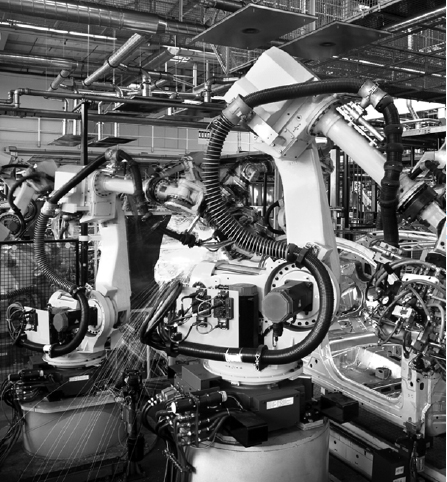CHAPTER 23
Graphs.Combinatorial Optimization

Many problems in electrical engineering, civil engineering, operations research, industrial engineering, management, logistics, marketing, and economics can be modeled by graphs and directed graphs, called digraphs. This is not surprising as they allow us to model networks, such as roads and cables, where the nodes may be cities or computers. The task then is to find the shortest path through the network or the best way to connect computers. Indeed, many researchers who made contributions to combinatorial optimization and graphs, and whose names lend themselves to fundamental algorithms in this chapter, such as Fulkerson, Kruskal, Moore, and Prim, all worked at Bell Laboratories in New Jersey, the major R&D facilities of the huge telephone and telecommunication company AT&T. As such, they were interested in methods of optimally building computer networks and telephone networks. The field has progressed into looking for more and more efficient algorithms for very large problems.
Combinatorial optimization deals with optimization problems that are of a pronounced discrete or combinatorial nature. Often the problems are very large and so a direct search may not be possible. Just like in linear programming (Chap. 22), the computer is an indispensible tool and makes solving large-scale modeling problems possible. Because the area has a distinct ...
Get Advanced Engineering Mathematics, 10th Edition now with the O’Reilly learning platform.
O’Reilly members experience books, live events, courses curated by job role, and more from O’Reilly and nearly 200 top publishers.

